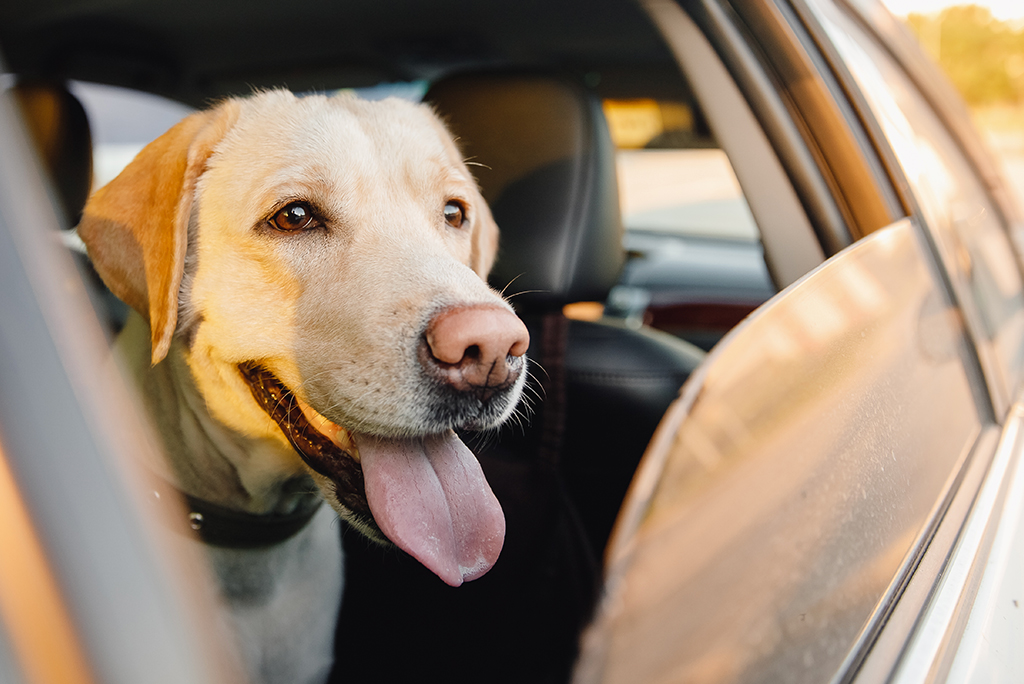Sometimes we just want to scratch our heads.
Veterinary hospitals are mostly curbside now and even though we are telling clients on the phone to bring their phones and call when they arrive, we are still having them show up without doing either. What is going on?
Many years ago, AAHA did a study on compliance in veterinary practices. They wanted to learn the difference between the veterinarian’s perception of client compliance with recommendations and the reality of owner acceptance. The results were shocking to many veterinarians who were very sure their clients were following through on their recommendations only to find some very low numbers when the results were tallied. It was out of this study that we learned we weren’t reminding clients enough about care and that they didn’t mind getting as many as FIVE reminders for services due. That’s right – FIVE.

So here we are in the middle of the most disruptive time in American history since the ‘60s (yep we had a pandemic then too) and we expect our clients to listen and comprehend a single message over the phone from the Client Services Rep when they are making appointments. It is not going to be enough.
We must understand that the entire population is completely out of sync. All our routines and habits are being switched up, again and again and yet again as we navigate government orders, new data, kids at home when typically in school and technology challenges. Our brains are working overtime and distraction is everywhere. I sometimes find myself bouncing from one task to another, only partially completing them and then having to circle back to finish. This is not just work stuff but even no brainer tasks like laundry. So, what to do?
I recently wrote an open letter to clients template to share with practices to start the communication process. This step one letter lays the groundwork explaining how veterinary practices are just as disrupted as our client’s household and asking for support, grace and a plan from our clients to work together with our team to get them accommodated with the least stress possible for all. The second step is to create a checklist for your clients and email it to them when they make appointments. Tell them this is coming when you make the appointment and to watch for it in their email. This list reinforces the message from the CSR and the first letter. Bring your phone, call when you arrive, bring something to do, fill out the online form, plan to stay for at least one hour (GP) or 3 hours (ER), bring your cat in a carrier and your dog on a well fitting leash or harness, etc. should all be on the list. This is the third reinforcement. Then the day before the appointment you can set your text message reminders for an app like #VitusVet to reference back to the check list and to confirm they have filled out any forms. This is reminder four.
The morning of, you can send number five, a quick text,
“Do you have your?
Phone,
Forms filled out
Credit card for payment
Something to do? Read? Work? Fun?
GREAT! We can’t wait to see you – Call us from your parking spot. See you at 00:00.
This all seems like too much I know. Truthfully, we are all so “fuzzy” brained these reminders should be welcomed, but if not, they will at least reiterate the point enough times to make clients pay attention. One of the standard lessons I have taught in all my client communication classes for the last 15 years is “DON’T BLINDSIDE YOUR CLIENTS.”
The upside of all this well-intentioned harassment 😊 is that we are not battling the unprepared client. Curbside care is comparatively slow but having the clients onboard and ready can pick up our speed significantly and help us manage our new workflow. The speed gets more patients seen, clients are happier, and we are not as frustrated.
Even with the extra communication you will probably have someone who comes unprepared…but they surely can’t blame you for not informing them…A lot!
Thank you for all you do for animals and their humans. If I can be of service, please reach out to me at dboone2managevets.com.
 by a veterinarian
by a veterinarian


